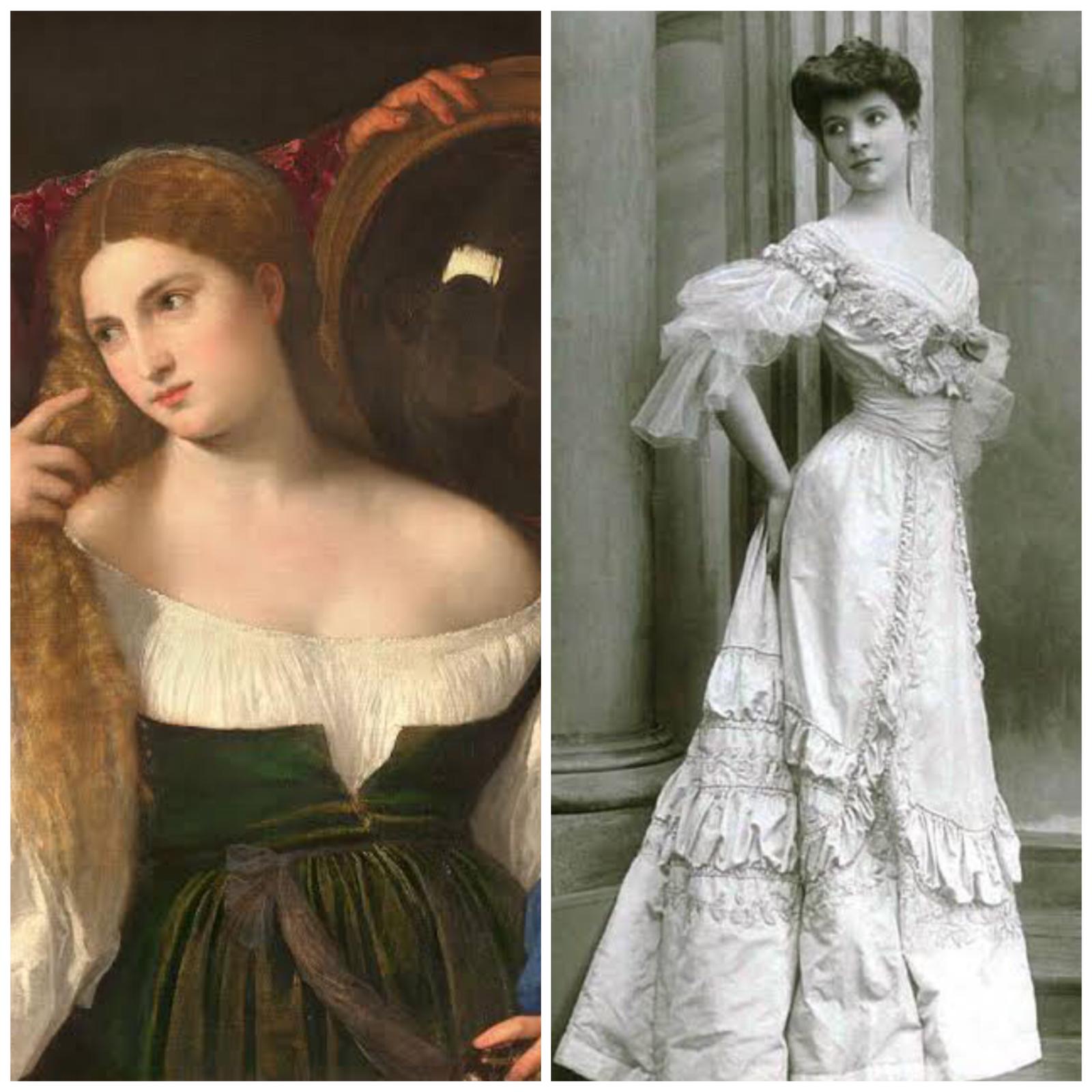Shame of Humanity: Human Zoos


From the mid-1800s until the Second World War, people travelled the world in search of humans classified as exotic animals to display in human zoos. Throughout the 19th and 20th centuries 35.000 human beings were exhibited to other human visitors. These human beings exhibited by other human beings in theatre, circus, zoos, and anatomy rooms. These people were forced to support the hierarchy of races, and people came to see so-called “savages” from distant lands. Although none of them were actually cannibals, they were asked to pretend to be cannibals. Racism was accepted and became commonplace because of the human zoos.
 ‘The Barbarian is, first and foremost, the man who believes in barbarism’ – Claude Levi-Strauss
‘The Barbarian is, first and foremost, the man who believes in barbarism’ – Claude Levi-Strauss
The leader of human exhibitions in the USA was Phineas Taylor Barnum. In first place, he evoked an admiration for strange and exoticism with his ”freak shows” which made him a fortune. People who perform in freak shows are physically unusual people with extraordinary illnesses and conditions that shocked the audience. For example, Barnum declared about one people that he is a connecting link between African blacks and lower animals. In reality, Barnum’s so-called human monkey was an African man named William Henry Johnson. He spent much of his life on public display.
Having made huge profits with freak shows, Barnum then wanted to gather real wild savages from all over the world. For this purpose, many people were deceived by the promise of a good life and job and taken from their homeland. They were forced to live in villages called black camps.
In the early 16th century Europeans imported “strange savages” from all over the world for the amusement of wealthy aristocrats in royal palaces. But in the early 19th century this fashion spread to fairs, bars, and theatres, thus reaching a wider audience.
They thought these people were the lowest among the hierarchies of the human races. They created back story for each of them, and gave them roles to play. It was all just theatre. They had to travel to many countries in bad conditions to be exhibited and fun the other people. Most of them became ill and died during travelling. Even after their death, their bodies were mummified and sold to museums.
Tambo

Tambo is one of those on display in human zoos and died during the journey. He was from Australia. His mummified body was found in the United States in the basement of a funeral home in Cleveland, Ohio. Walter, who direct descendant of Tambo, was part of a group that travelled to Cleveland in 1994 to bring back Tambo’s body for burial. He says ”It was very degrading the things he had to do. I look at those old people in those photos and look at the expressions and I see the suffering. I can see the sadness in their face because of being away from country and being overseas in a foreign land and feeling out of place.”
Moliko

Another human like Tambo was Moliko. Moliko and her companions belong to the Kalina people, who are indigenous to Guyana. She and 32 others had volunteered to undertake the journey to Europe. It is said that a big party was organized before departure for celebrate. They were offered to money and beautiful life. They were supposed to be make pottery in Paris. However, instead of these, they locked up in cages. They were also subjected to racial scientific studies. Winter, illness, and fatigue caused many to die. But show continued nonetheless. Only ten of them were able to return to their villages. Moliko was one of them.
Ota Benga

Among all these shows, six little Africans caught everyone’s attention. They were from the Belgian Congo. Ota Benga was one of them and became the most popular among them. They represented absolute savagery. They were short in stature. This was due to their adaptation to the equatorial rainforest, but according to the westerns, it signified that they were subhuman and connection link between man and animal. Ota Benga’s teeth were chipped to points which was a very common practice in the Congo. According to the audience, this image confirmed the idea that he was a cannibal. Moreover, he was exhibited in a cage with a monkey at the Bronx zoo. He was forced to play the savage, with bow and arrows.

After 12 years of exhibition, zoo officials, along with some ministers in New York, make an arrangement for Benga to be taken to an orphanage. He went to primary school and took English lessons. Anne Spencer who is a respected African- American poet and civil rights activist, tried hard for Ota Benga to live a normal life. However, adapting to a normal life was difficult for Ota Benga. In the end of the story, unfortunately, he took his own life, shot himself through the heart.
These people had to live their whole lives like a game in front of other people’s eyes. When we look back at their photographs, we can see the expressions of fear and despair on their faces, but thousands of people going human zoos and staring the lives of these people out of bars, failed to see this evilness and just entertained.

References;
https://www.youtube.com/watch?v=_WFTSM8JppE&ab_channel=DWDocumentary







Ota Benga… nothing to say, such a shame…